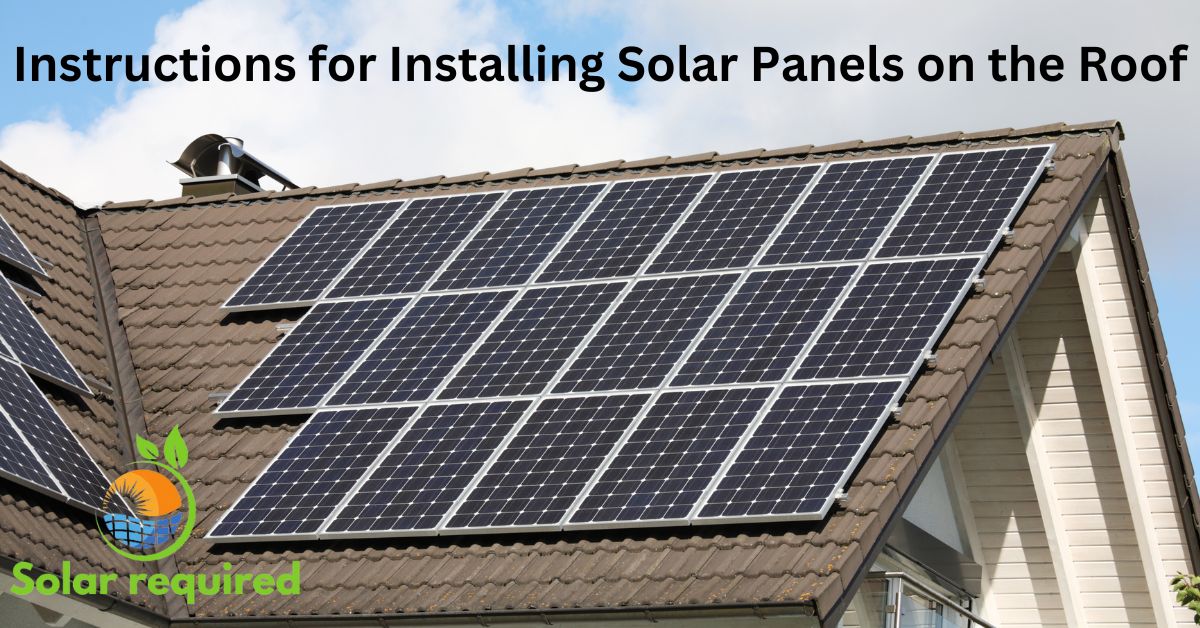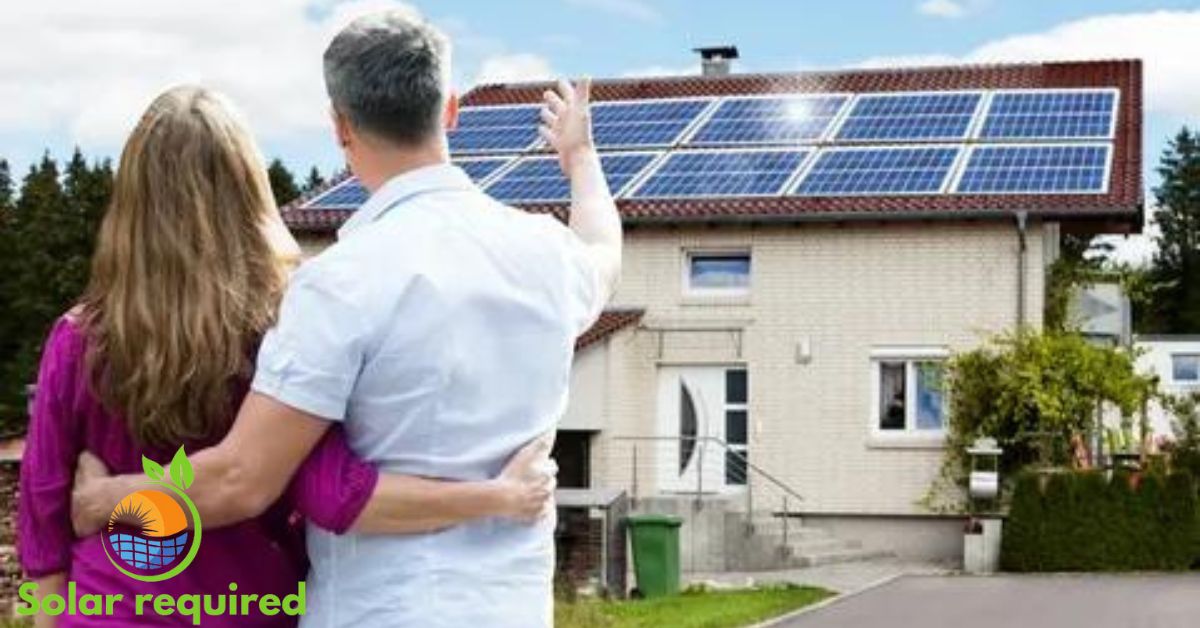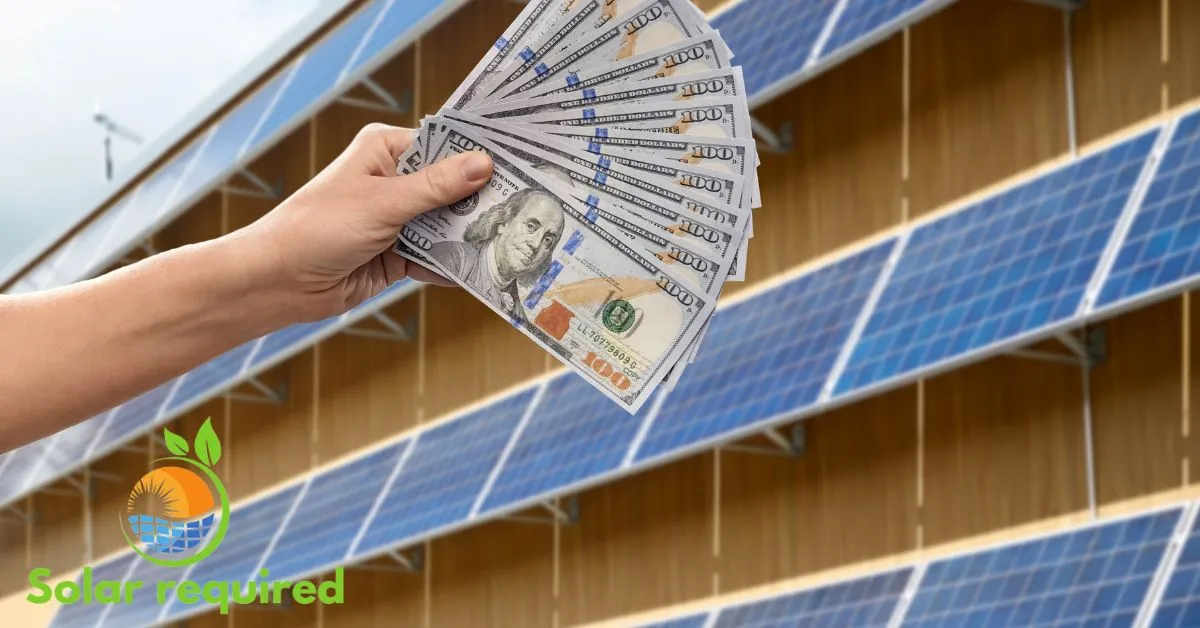Adding solar panels to your roof is one of the best investments for a homeowner. It is good for your finances and the environment. Solar panels use the sun’s energy to make clean, renewable energy. They can help you rely less on traditional electricity and save money on your bills. Installing solar panels is labor-intensive.
It’s a DIY task that needs careful planning and execution. I’ll guide you through the needed steps for mounting solar panels on your roof in this post. I’ll cover understanding the setup process and caring for and watching your system.
Advantages of installing solar panels on the roof
Before we discuss the installation, let’s look at the many advantages. You get them from mounting solar panels on your roof. The most obvious benefit is that you might be able to reduce your electricity costs. You can reduce or end your need for the power grid. You can do this by making your energy.
Also, many governments and utilities provide incentives. They want to promote the installation of solar panel systems. These incentives include tax credits and rebates. Solar panels have good effects on the environment. This is another key benefit. Solar energy is renewable. It produces no carbon emissions. This contrasts with electricity from fossil fuels. You can reduce your carbon footprint. You can help make a better, healthier world for future generations by installing solar panels.
Furthermore, solar panels increase the value of your home. Studies have shown that homes with solar panels are more attractive to buyers. They tend to sell faster and at higher prices. You save money on electricity bills. You also make a long-term investment in your property.
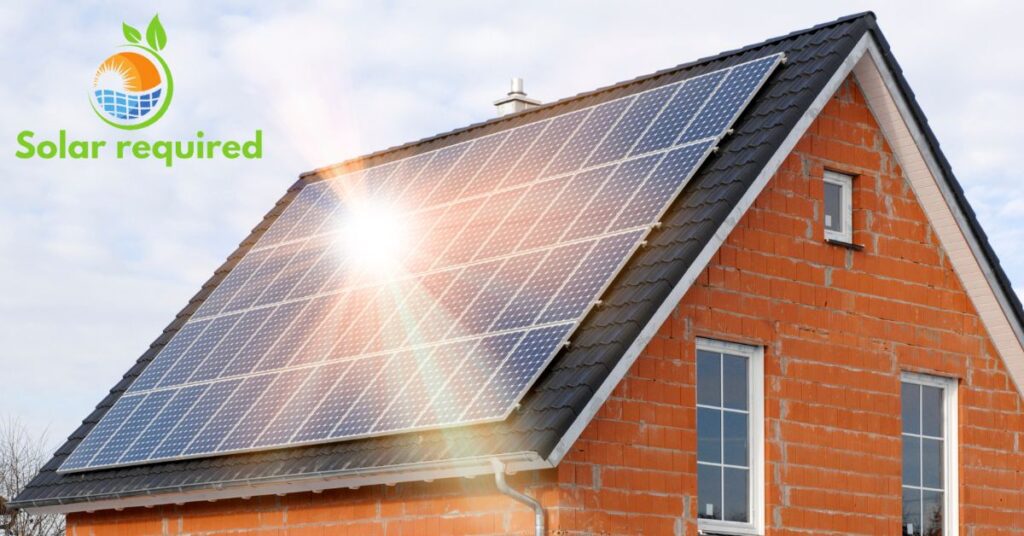
Assessing the Suitability of Your Roof for Solar Panels
It’s important to check if your roof is suitable for solar panels. Not all roofs are. South-facing roofs are the best for solar panels because they get the most sunlight all day long. However, this depends on how much sunlight they get. Rooftops facing east or west may also be good choices. The state of your roof is also very important. Before installing solar panels, it is advisable to take care of any repairs or old roof difficulties.
The roof needs to be structurally sound. The weight of the solar panels and their installation may strain them. Finally, one very important thing to think about is how much shadow your roof receives. Trees, buildings, or other obstructions cast shadows on your roof. They can greatly reduce the efficiency of your solar panels. Your roof needs direct sunlight for most of the day. This will maximize your solar panel system’s energy output.
Obtaining Necessary Permits and Permissions
Before you can proceed with the installation of solar panels on your roof you will need to obtain the necessary permits and permissions. The rules may vary by location. So, research the regulations in your area.
Usually, you will have to apply. You send it to the local government or building department in your area. Typically, the application will need specifics about your solar panel system. This encompasses the size and capacity of the device along with the installation and connection to the electricity.
To follow all the rules speak with a pro solar panel installer or a local authority. You may start the installation procedure with confidence. You can do this once you have the needed licenses and authorization. You can do this knowing that you are following local laws.
Look at your roof in the morning, afternoon, and evening. You can see the sun’s favorite spots. Similar to sunbathers solar panels seek out as much sunlight as they can! Locate the roof’s sunniest areas. For those in the north consider looking south for those in the south, consider facing north. Oh, and be cautious of bothersome shadows cast by structures or trees.
Give the all-clear:
You must obtain the formal go-ahead from your local authorities before you begin drilling. They act as your supervisor ensuring that you follow the guidelines. Present your plans to them on the location and wiring of the panels. You can start operating as soon as they give you the all-clear. But hey, don’t forget to get their approval first or you might end up in a sticky situation later on. Sometimes your power company wants to check your solar setup. They do this before letting it plug into the grid.
Choose the best solar panel system for your needs.
Picking the right solar panel system for your needs is a key step. It’s crucial in the installation process. There are several factors to consider when selecting a solar panel system including:
Find your average energy use. Use it to find the size of the solar system you need. Consider factors. These include the number of people in your home, your appliances, your own, and your energy use.
Solar panel type:
There are different types of solar panels available, including monocrystalline, polycrystalline, and thin-film. Each type has its pros and cons in terms of efficiency, cost, and aesthetics. Research and consult with professionals. They will help you determine which type is best for your needs.
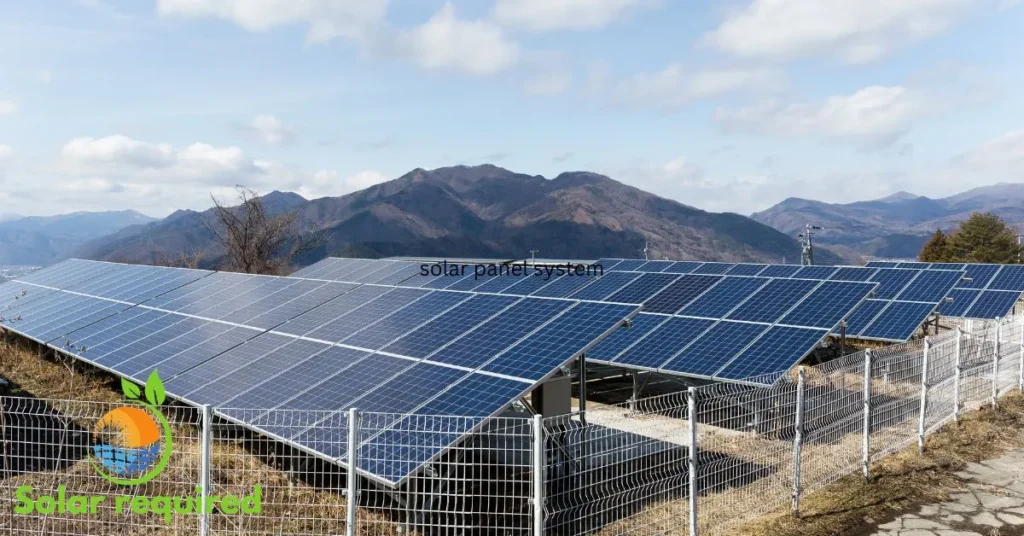
Inverter type:
The inverter is vital for a solar panel system. It turns the DC from the solar panels into the AC your home uses. There are different types of inverters, including string inverters, microinverters, and power optimizers. Each type has its pros and cons. So, it is important to understand the differences. Choose the one that suits your needs.
Hiring a Professional Solar Panel Installer
It is best to hire a pro to install solar panels. It may be tempting to do it yourself. To ensure a safe and effective installation installing solar panels requires specific skills. An experienced and skilled installer can manage every step of the installation. They will start by checking if your roof is suitable for solar power.
Then they will connect the panels to your electrical system. When selecting a qualified solar panel installer take into account the following aspects:
Background and credentials are key. Seek out installers with a record of success. They must have the necessary certifications. To be sure they are credible get references and read internet reviews.
Make sure the installer has a license and insurance. They protect you from liability or damages during installation.
Inquire about the warranty provided by the installer and their after-sales service. A good installer should offer a full warranty. It should cover the panels and the installation.
Hire a pro to install your solar panels. You can relax knowing they’ll do it right and fast.
if you read: Expert Tips for Using Solar Panels in Off-Grid Locations
Preparing Your Roof for Installation
Prepare your roof before putting the solar panels in. This guarantees a safe and easy installation. Among the steps in the preparation process are:
A specialist will examine your roof. They’ll make sure it’s sturdy and capable of supporting the solar panels. During this phase, we will take care of any reinforcements or repairs that are required. Before installation, your roof has to be clear of dirt and clean. This includes clearing away any debris, leaves, or other objects that can obstruct the solar panels.
Mounting system installation:
You will securely attach the solar panels to a racking or mounting system on your roof. The type of mounts used depends on your roof’s structure. It also depends on the installer’s recommendations. Prepare your roof for installation. This will ensure your solar panels last and work well.
Connect the Solar Panels to Your Electrical System
One of the most important parts of the installation is connecting the solar panels to your electric system. This step involves installing the inverter. It transforms the solar panels’ direct current into the type of current that can power your home. The following steps are usually involved in the process:
The inverter will be located either within your home or close to your electrical panel. If the inverter is correctly grounded, it will be verified during installation. Additionally, it will determine whether it is linked to your electrical system.
The inverter and the solar panels will be connected by electrical wire. To control the electrical load, the installer will size the wire suitably and insulate it.
Your utility meter will be connected to the inverter by the installer if you select a grid-tied solar panel setup. The solar panels can feed extra electricity into the grid thanks to the link. Your utility company may give you credits or other benefits for it. A certified electrician or a professional solar panel installer must be hired. They’re going to take care of the wiring.
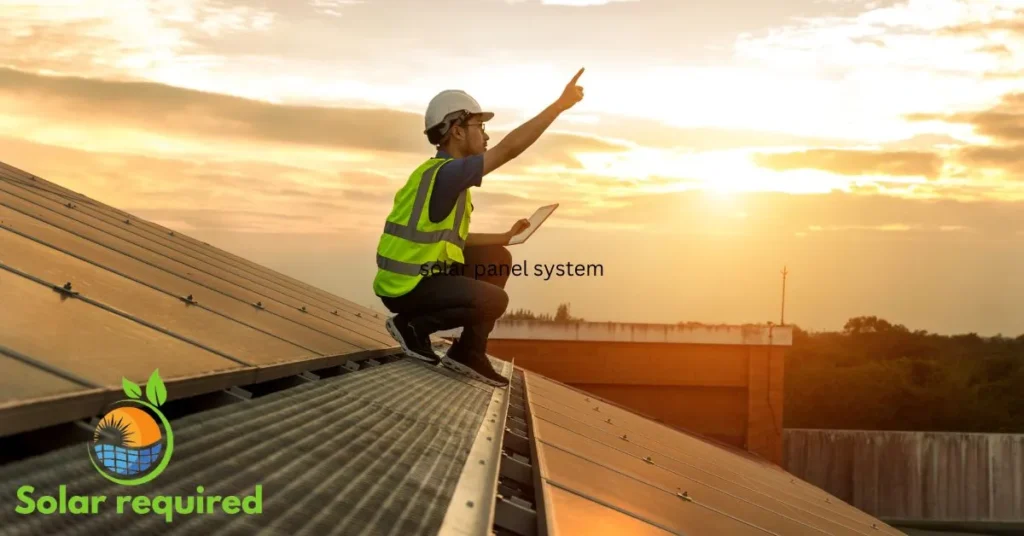
Testing and Commissioning the Solar Panel System
Once we install and connect the solar panels we must test the system. We must do this to ensure everything is working correctly. This step involves:
The installer will inspect the whole solar panel system. They will ensure that all connections are secure and there are no visible damage or defects. We will test the solar panel system to verify its performance and energy output. This includes measuring the voltage, current, and energy the system makes. It happens under different conditions.
Commissioning:
Once the system passes the performance tests we will commission it for operation. The installer will give you the documents and info. They will help you use and watch your solar panels well.
Helping Guide: Common Solar Panel Scams and How to Avoid Them!
Keep an Eye on and Maintaining Your Solar Panel System
You must regularly maintain and check your solar panel system to keep it operating at peak efficiency and lengthen its lifespan. This must be completed following installation and commissioning. Here are some maintenance and observational guidelines:
Ensure that your solar panels are clean to maximize their performance. Remove any possible dirt, dust, or debris from the panels’ surface. Plan for routine professional maintenance visits. This will guarantee the optimal condition of your solar panel installation. These visits may involve cleaning, necessary repairs, and performance evaluations.
Follow these maintenance and monitoring practices. They will maximize your solar panel system’s energy output and prolong its lifespan.
